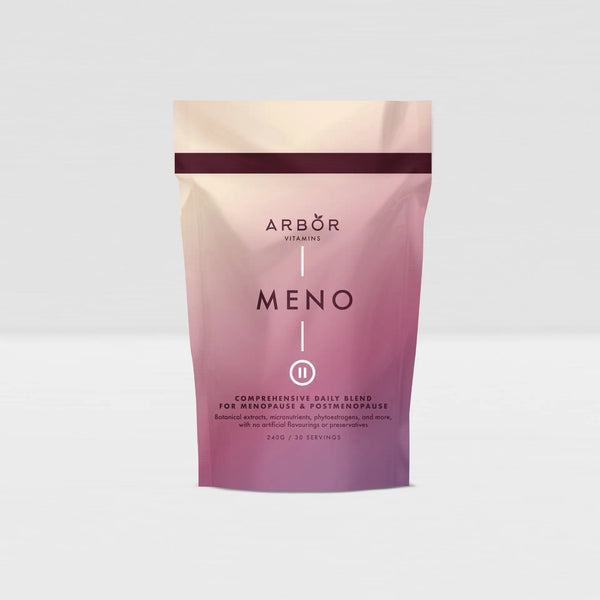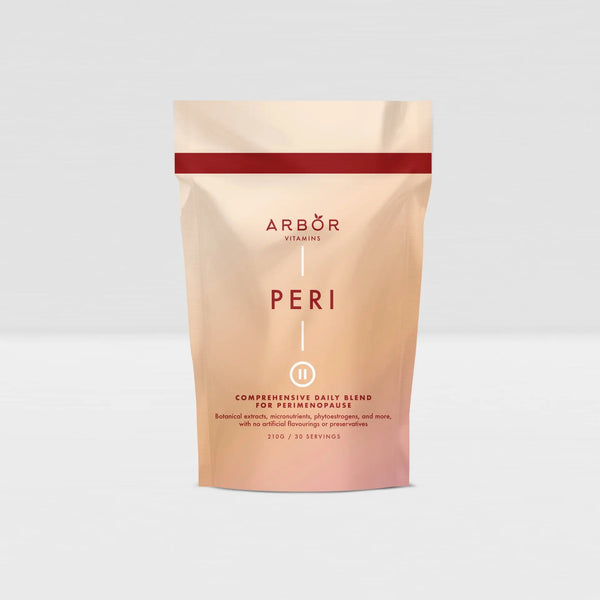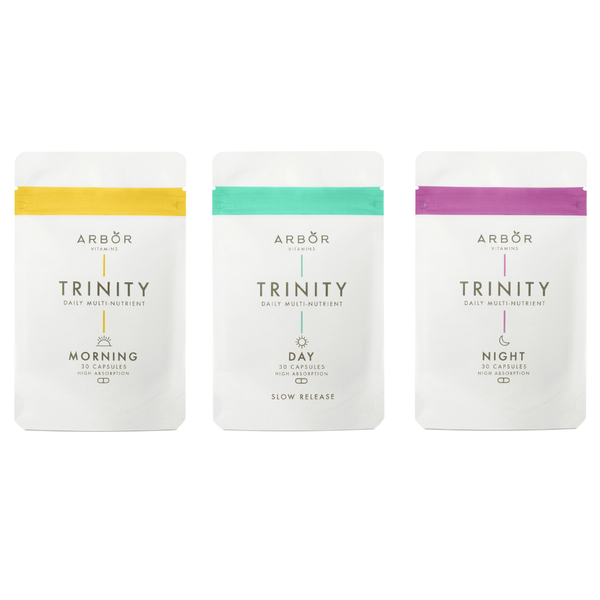How do we absorb vitamins and minerals?
How do we absorb vitamins and minerals? In today's health-conscious world, vitamins and minerals play a vital role in maintaining overall well-being. From supporting immune function to aiding in energy production, these essential nutrients are necessary for numerous physiological processes. However, understanding how our bodies absorb and utilise vitamins and minerals can be a complex endeavour. In this blog post, we will delve into the intricate mechanisms by which these nutrients are absorbed into the human body, shedding light on the fascinating world of vitamin and mineral bioavailability. 
-
Digestion and Absorption in the GI Tract: The journey of vitamins and minerals begins in the gastrointestinal (GI) tract, where the process of digestion and absorption takes place. Upon ingestion, vitamins and minerals are released from the food matrix and enter the stomach. Stomach acid plays a crucial role in breaking down these nutrients into their bioavailable forms. In the small intestine, the majority of absorption occurs. Different transport mechanisms are employed based on the physicochemical properties of each nutrient.

-
Passive Diffusion and Facilitated Transport: Some vitamins and minerals, such as water-soluble vitamins (e.g., vitamin C and B-complex vitamins) and certain minerals (e.g., potassium), can be absorbed through passive diffusion. Passive diffusion occurs when molecules move across the cell membranes along a concentration gradient without the need for energy expenditure.
Facilitated transport, on the other hand, involves the assistance of carrier proteins. For instance, glucose helps in the absorption of vitamin C through a shared transporter known as sodium-dependent vitamin C transporter 1 (SVCT1). Similarly, the absorption of minerals like iron is facilitated by specialised transporters like divalent metal transporter 1 (DMT1).
-
Active Transport: Fat-soluble vitamins (e.g., vitamins A, D, E, and K) and certain minerals (e.g., calcium and magnesium) are absorbed through active transport mechanisms. Active transport requires energy expenditure by the cells lining the small intestine. These vitamins and minerals often bind to specific carrier proteins, such as fatty acid-binding proteins (FABPs), to facilitate their absorption.
-
Chelation and Complex Formation: Certain minerals, such as iron and zinc, form complexes with organic compounds to enhance their bioavailability. For instance, iron is often bound to proteins like transferrin or stored within ferritin. These complexes prevent the precipitation and oxidation of iron, ensuring its efficient absorption and utilisation in the body.
-
Factors Affecting Bioavailability: Several factors influence the bioavailability of vitamins and minerals. These include the form in which the nutrients are consumed (e.g., synthetic vs. natural), the presence of other dietary components (e.g., fiber or other minerals), the pH of the GI tract, and the overall health status of an individual. Additionally, certain medications, such as antacids or antibiotics, can interfere with nutrient absorption.

-
Transport to Target Tissues: Once absorbed, vitamins and minerals are transported through the bloodstream to their target tissues. Water-soluble vitamins are carried via the portal vein to the liver before being distributed to other organs. Fat-soluble vitamins are absorbed into the lymphatic system and then enter the bloodstream. Minerals, too, are transported in the bloodstream bound to carrier proteins or within cells.
-
Storage and Excretion: The human body has mechanisms to store certain vitamins and minerals. For instance, fat-soluble vitamins can be stored in adipose tissue and the liver, while minerals like calcium and phosphorus are stored in bones. Excess water-soluble vitamins are excreted through urine, while excess minerals are eliminated via urine, faeces, or sweat.

The absorption of vitamins and minerals is a complex process that involves various mechanisms and factors. Understanding how these nutrients are absorbed into the body is crucial for optimising their bioavailability and ensuring proper nutritional status. By considering these intricate mechanisms, individuals can make informed choices about their dietary intake, supplement selection, and overall health management.
We at Arbor Vitamins have done the hard work of navigating these absorption pathways for you to provide you with optimal nutrition in our TRINITY formula.












